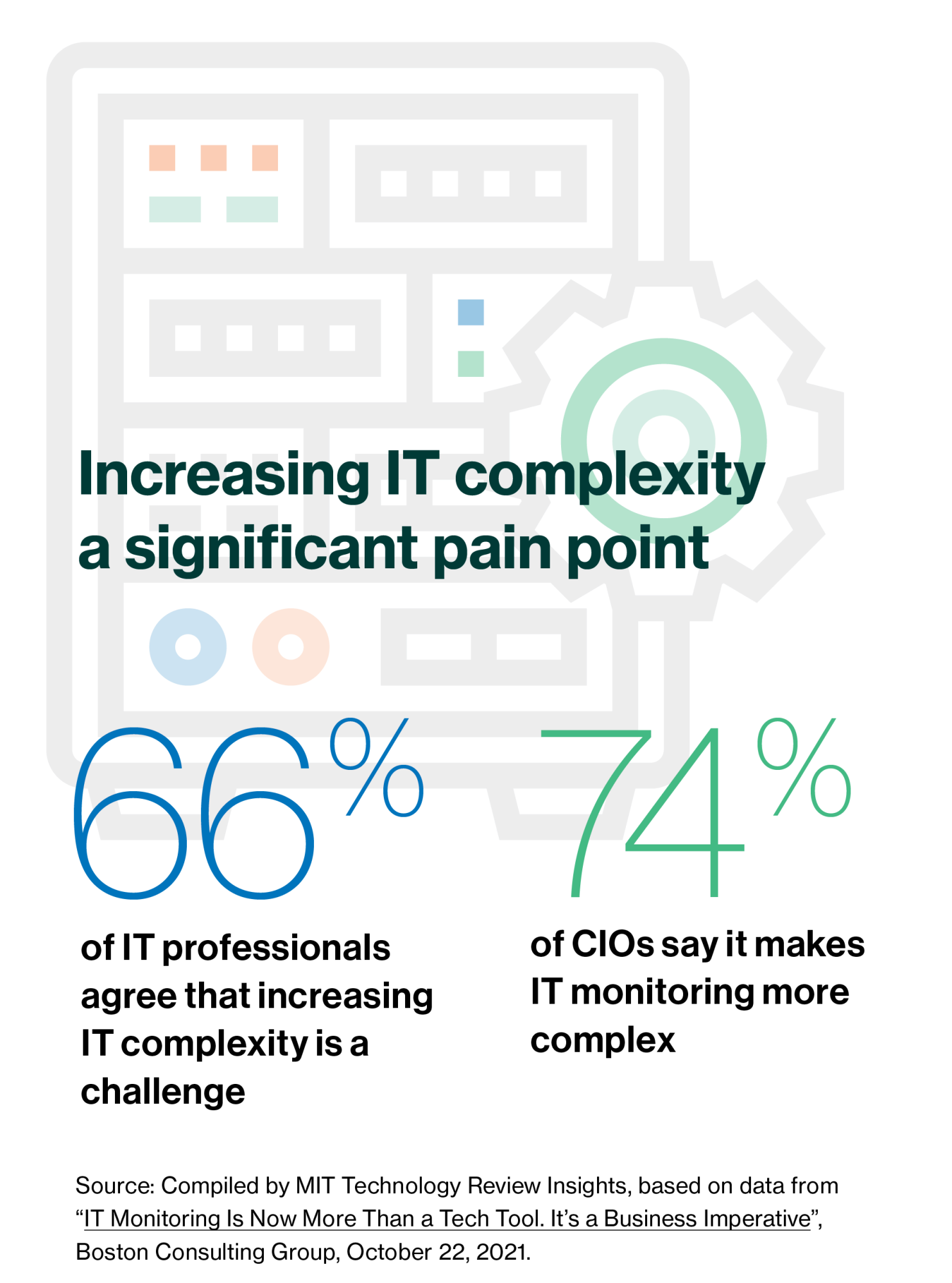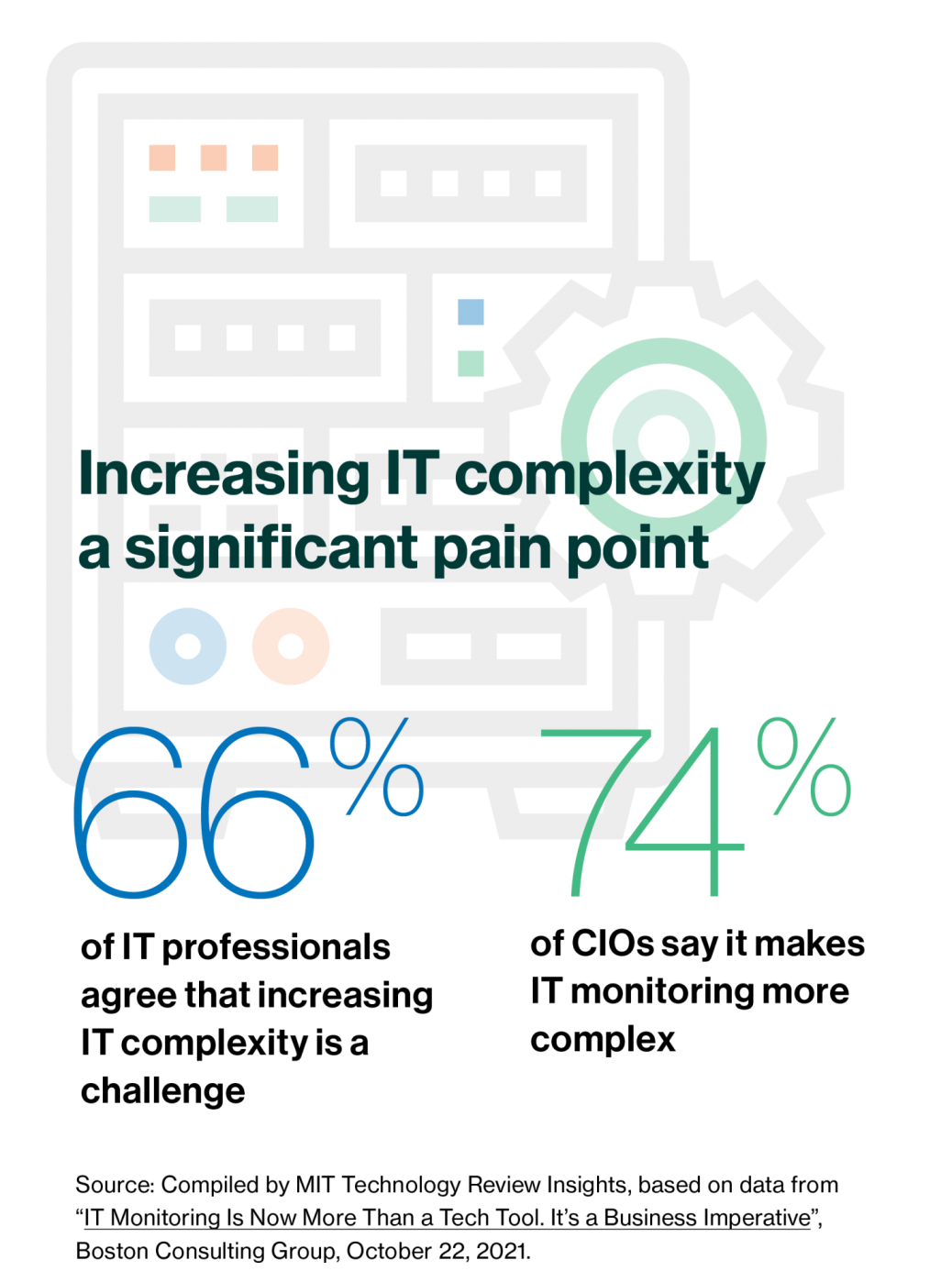Those well-established conventional IT systems, however, can no longer be taken for granted. Companies are accelerating their digital transformation efforts, automating, optimizing, and reinventing their business processes. The pace of change continues to accelerate: Deloitte reports, for example, that 58% of organizations have stepped up their modernization plans due to the covid-19 pandemic.

Many ERP apps are now being moved to public cloud services, such as AWS, Azure, or Google Cloud, while others are being replaced with SaaS-based alternatives, including Salesforce and Workday. The previously monolithic ERP platform is being deconstructed.
Enterprises now find themselves with a mixed-bag, hybrid cloud environment: some legacy core applications remain on premises, while new applications are cloud native and run in containers or as microservices.
This new ERP landscape is more distributed and more complex than ever before. And failure to effectively monitor these ERP apps could result in business outages that can cost the company dearly. Shawn Windle, founder and managing principal at ERP Advisers Group, puts it bluntly: “The intrinsic value of these systems is that they run the business. Without these apps, you don’t have a business.”
This content was produced by Insights, the custom content arm of MIT Technology Review. It was not written by MIT Technology Review’s editorial staff.




Recent Comments